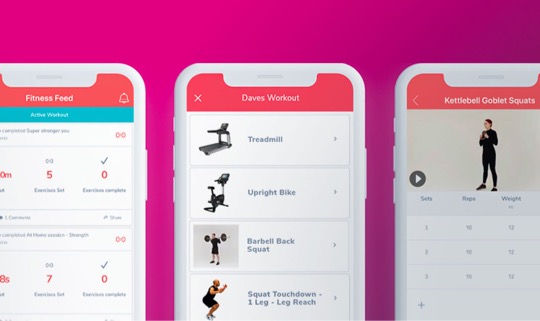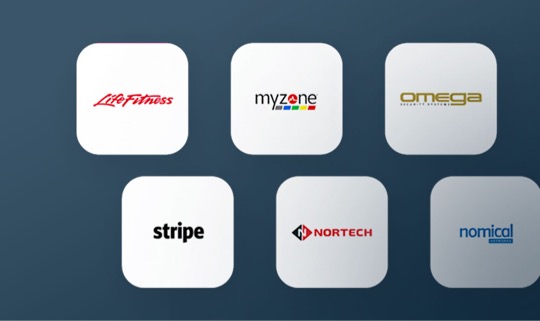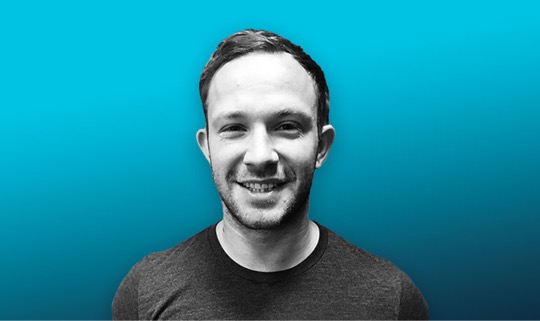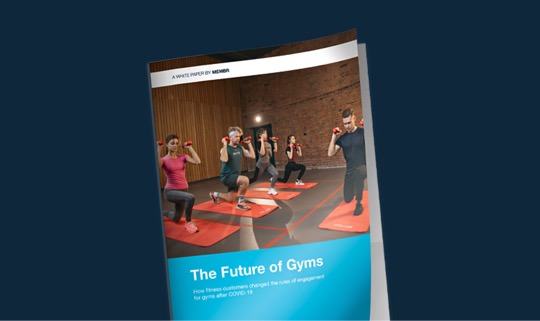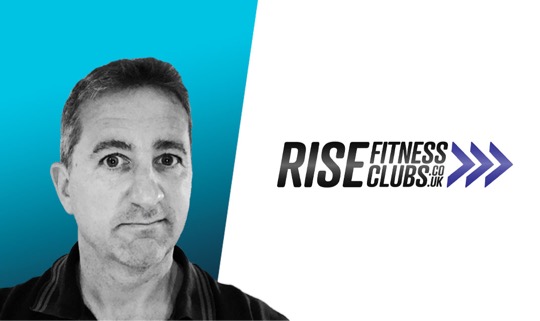Many gym operators have now shifted their business models to meet the changing needs of consumers and elevate their market positioning in the current unstable economic climate brought by the coronavirus pandemic.
While gyms throughout European countries are unlikely to close their doors to members for another lockdown period, there remains the pressing question of what is the new normal, especially with regards to staying ahead of the competitors?
In the second season of our fitness podcast, mPowered, we spoke to industry experts who shared their knowledge and insights as how to best navigate into the personal training world without losing sight of the big picture.
What we discovered is that:
- The self employed PT model is not dead.
- There are actually different working self employed PT models. How to choose the right PT model for your fitness club?
- Both the self employed and employed PT models can be successful as long as they are done properly. How to add more value to your PT offerings?
- To be truly successful, each PT model needs to be aligned with the goals of the members, not just with the goals of the gym. How to coach your PTs for success?
- Unfortunately, most fitness clubs today continue to rely on PT models designed to deliver revenue for the gym that are ultimately doomed to fail, because they completely ignore the most important aspect – the members and their unique fitness, health or lifestyle goals.
So, with all this in mind, how can you as a gym operator make a difference when you build your strategy?
The answer’s simple – align everyone in your facility to work towards a common goal that belongs in the overall gym’s strategy.
Too often gyms care only about revenue and this bleeds into the whole PT process. But personal training is not just a sales job. It’s about building strong relationships, forging trust and consistently providing support.
PT is not just a sales job.
While the transaction of the sale only lasts a moment, the relationship that follows has the potential to double and triple the initial investment – but that is only when the PT strategy is designed in such a way that it prepares for connecting and not just selling.
So how can we ensure that operators, personal trainers and members are all focussed on the same thing? Where do you begin? Is such a strategy even possible?
We’ve given this process a breakdown into 3 key points.
1. Start by defining success.
What is success to your business and what metrics should be tracked to know the impact of your initiatives. This should be primarily member centric. You need to add longevity to your PT model, even if revenue is the main focus. Shift the mindset.
Here are some things to consider:
- Mission: “Why do we come to work every day?”
- Goal: “What’s our own central goal that works for all 3 parties?”
- Vision: “Where do we want to get to in 5 years time?”
- Gameplay: “What’s the swim lane we must work in to get there?”
- Values: “What else is important to us?”
When your members are successful, so is your fitness club. Think about that when you set your goals. For example, 10% of members hit their goals every month with the support from our trainers.
2. Understand your boundaries.
Once you define your strategy for success, it’s time to zoom in on the more practical day-to-day operational details, such as budget, current operational model and contracts with staff members.
You will very quickly see that both self employed and employed models will work but both have different positives and negatives.
Along with your overall goal you should consider some additional aspects like :
- Benefits: What additional benefits come with each?
- Risks: What’s your appetite for risk?
- Change: How much change can your business handle?
- Control: How much control do you want?
Build or choose a PT model that is right for your business strategy that links to the member experience and your staffing structure, but make sure to test it before fully launching it. This leads us to our last point!
3. Evaluate through different POVs.
When you start to land on what your plan is, consider it through the lens of each party (gym operator, PT, members) and refine it until you believe you have a model that works for all three. Keep going until it does. If you don’t, it will fall down later – better to fail now than invest in change that will collapse later.
Ensure you plan considers operational aspects in as much detail as possible:
- PT’s model: Am I supporting and promoting an employed or self employed model? Do I have room for both models?
- Gym’s sales process: Who’s responsible for the sales: the personal trainers or the sales managers? What’s in it for each group to incentivise them?
- Leads’ product offering: What am I offering to leads that is attractive and rewarding? 1-2-1, small group, online? Am I offering attractive membership options? Do I have enough different options to attract and retain more members?
- Members’ customer journey: How am I designing a customer journey that is easy and welcoming? What’s the pricing structure and what are the ways to pay (recurring DD, one off payments, failed payments reminders)?
- Members’ fitness journey /engagement and retention/: What’s included in the fitness journey that the member is paying for? What else is available to members for free? Can this help or impact negatively retention? Is there anything else available in my facility that can engage further exercisers?
- PT’s model: Am I supporting and promoting an employed or self employed model? Do I have room for both models?
Vague goals deliver vague results, so try to be as specific as you can. This will also help when you communicate your strategy to your team.
Aligning the goals of your business strategy with the rest of your team might be a challenging task at first, but once you understand how to approach it and implement it every step of the process, you will start to see impact on the results.

